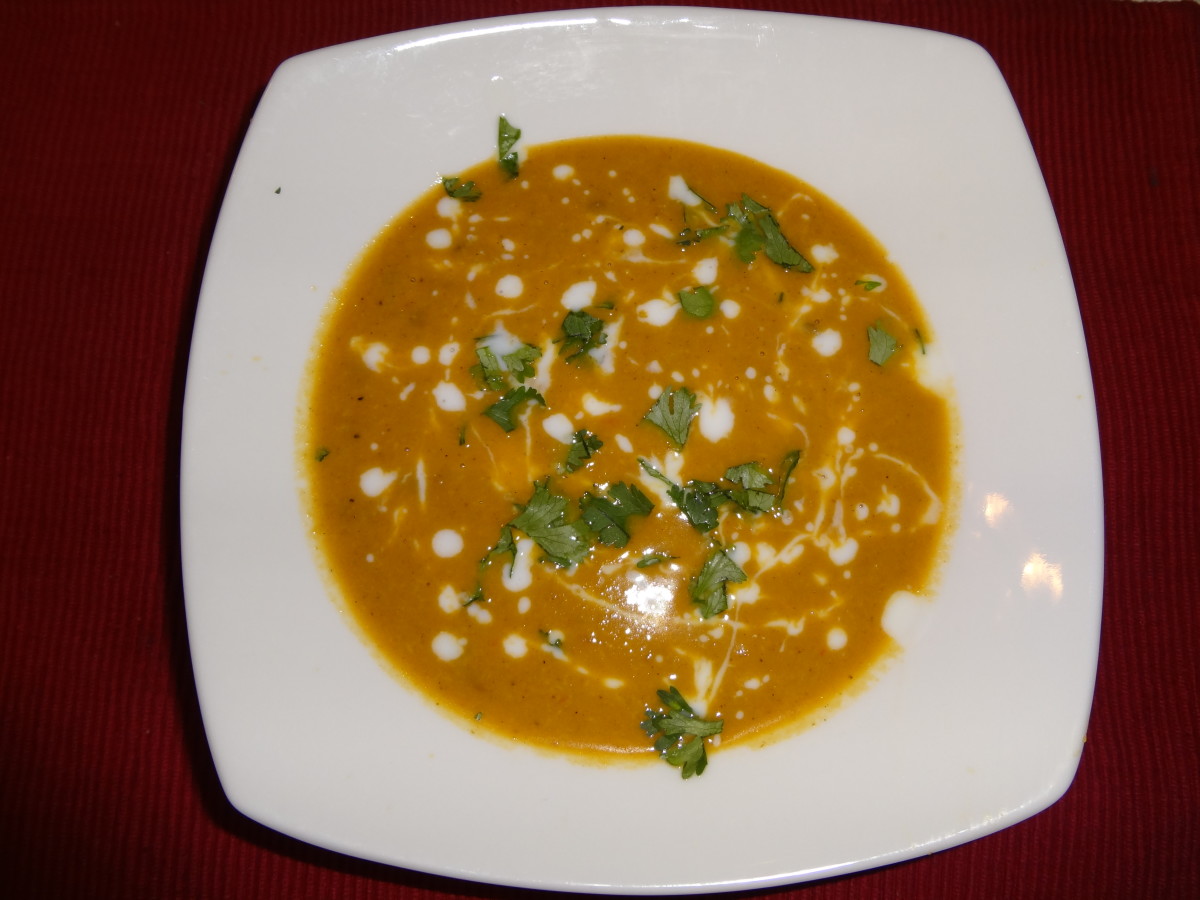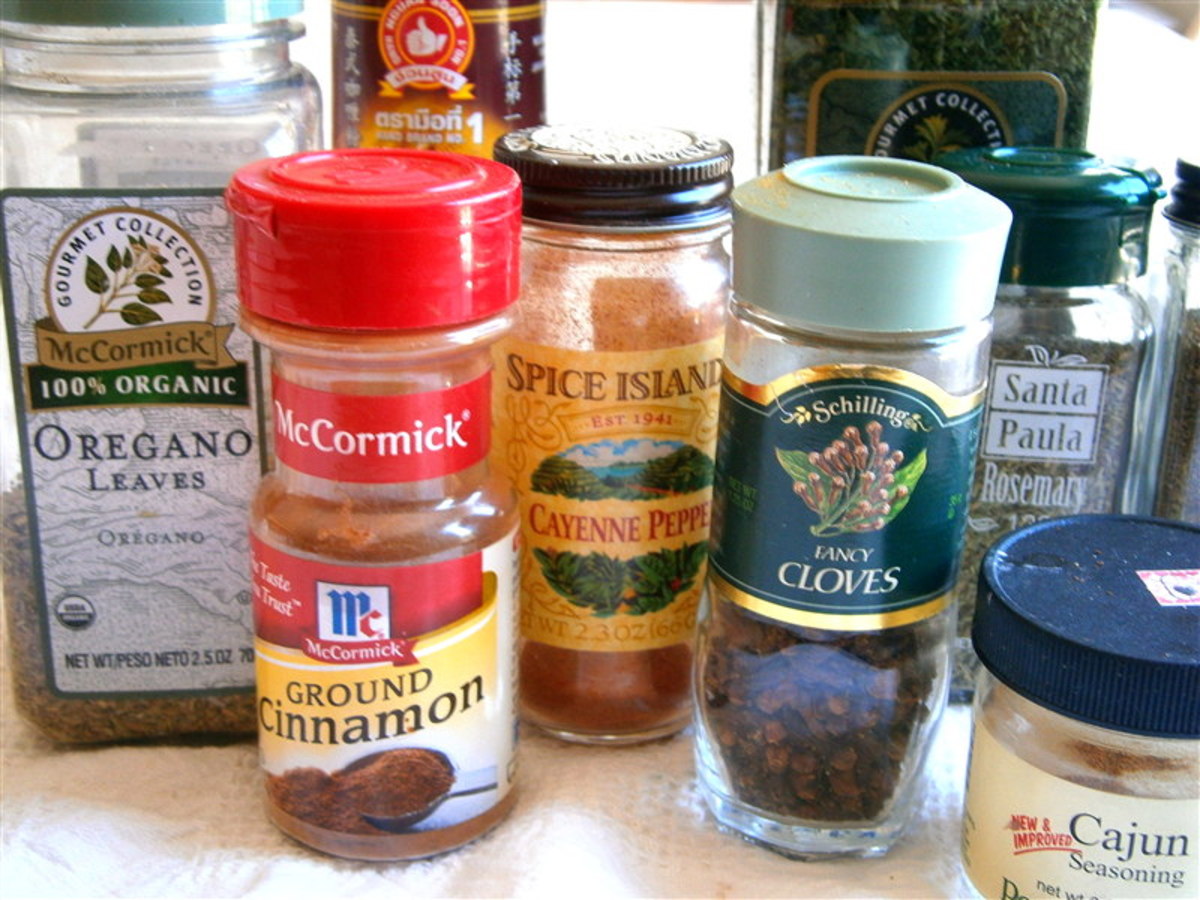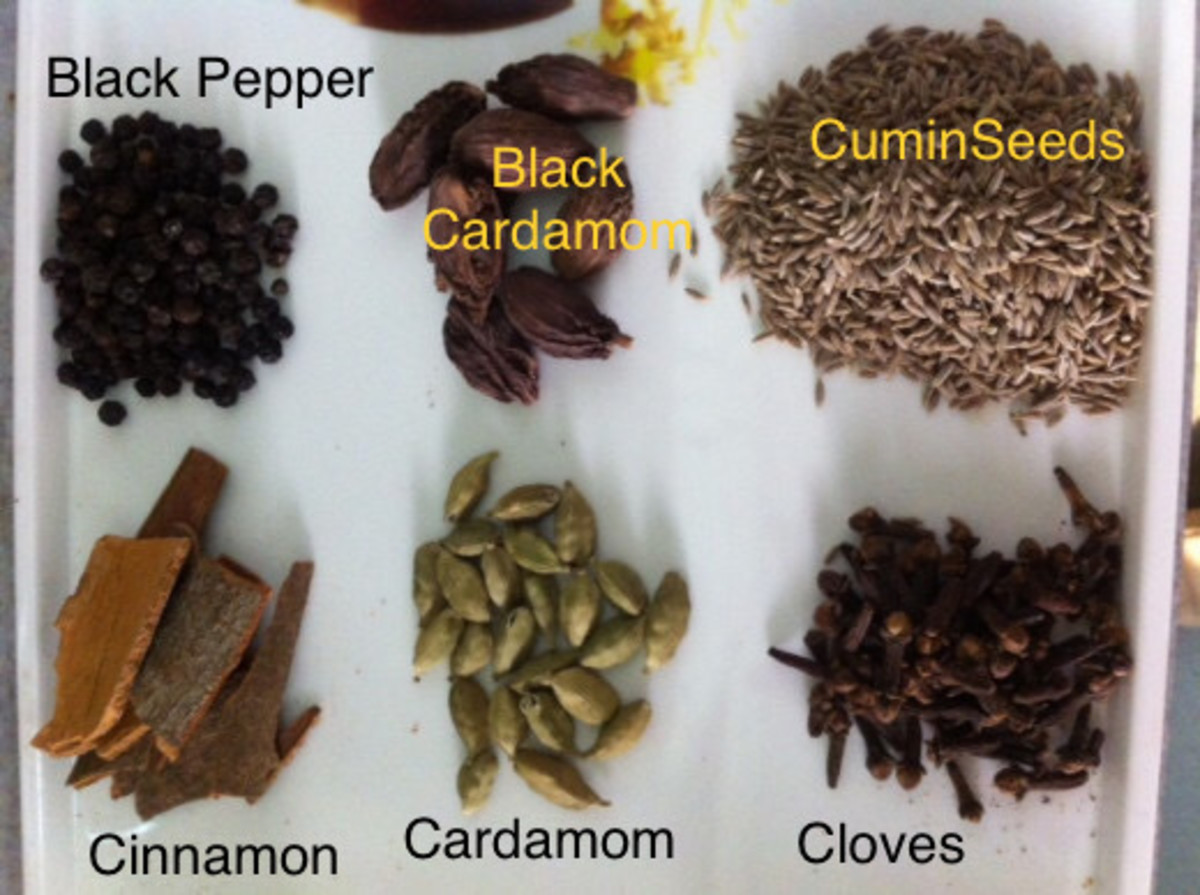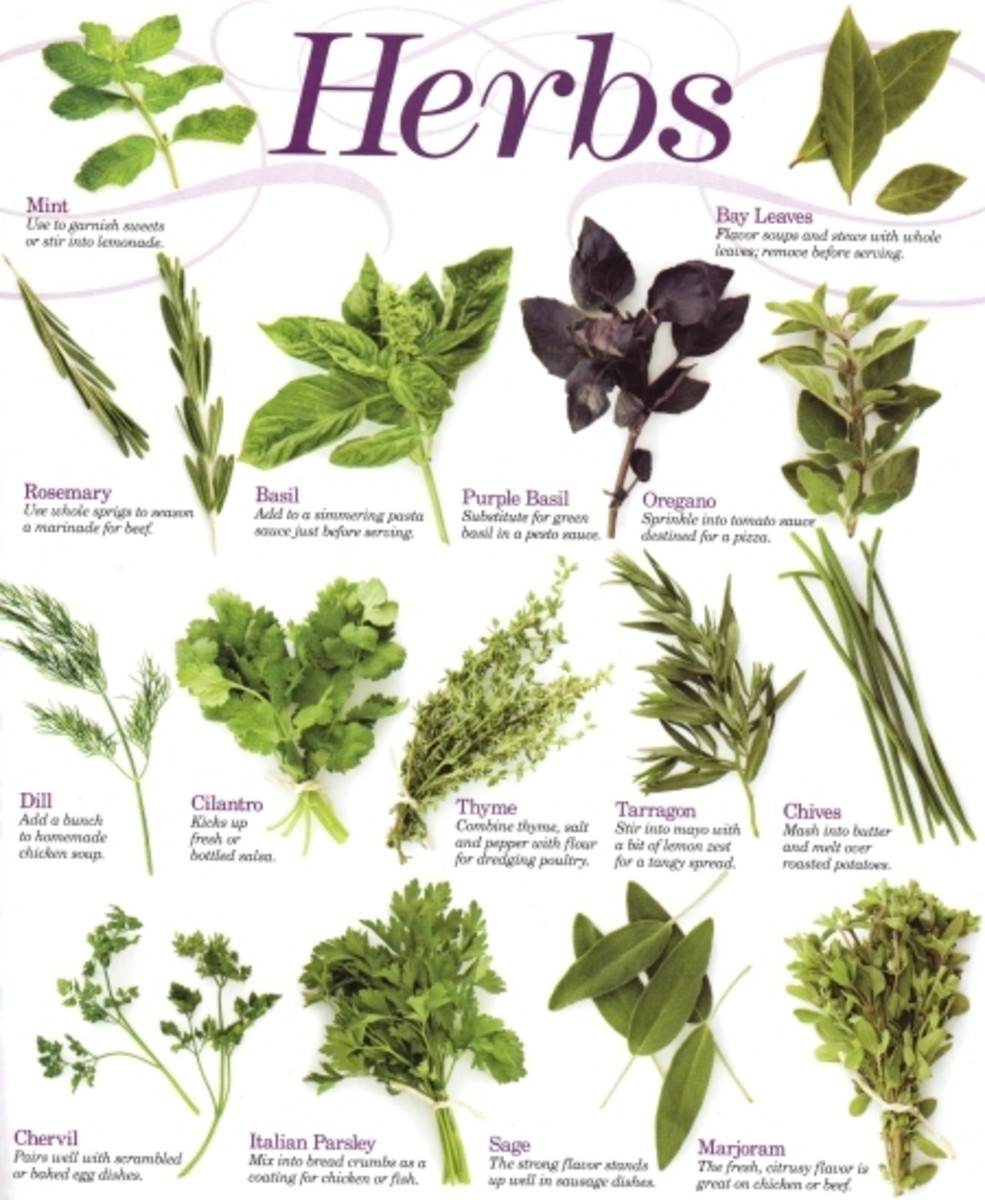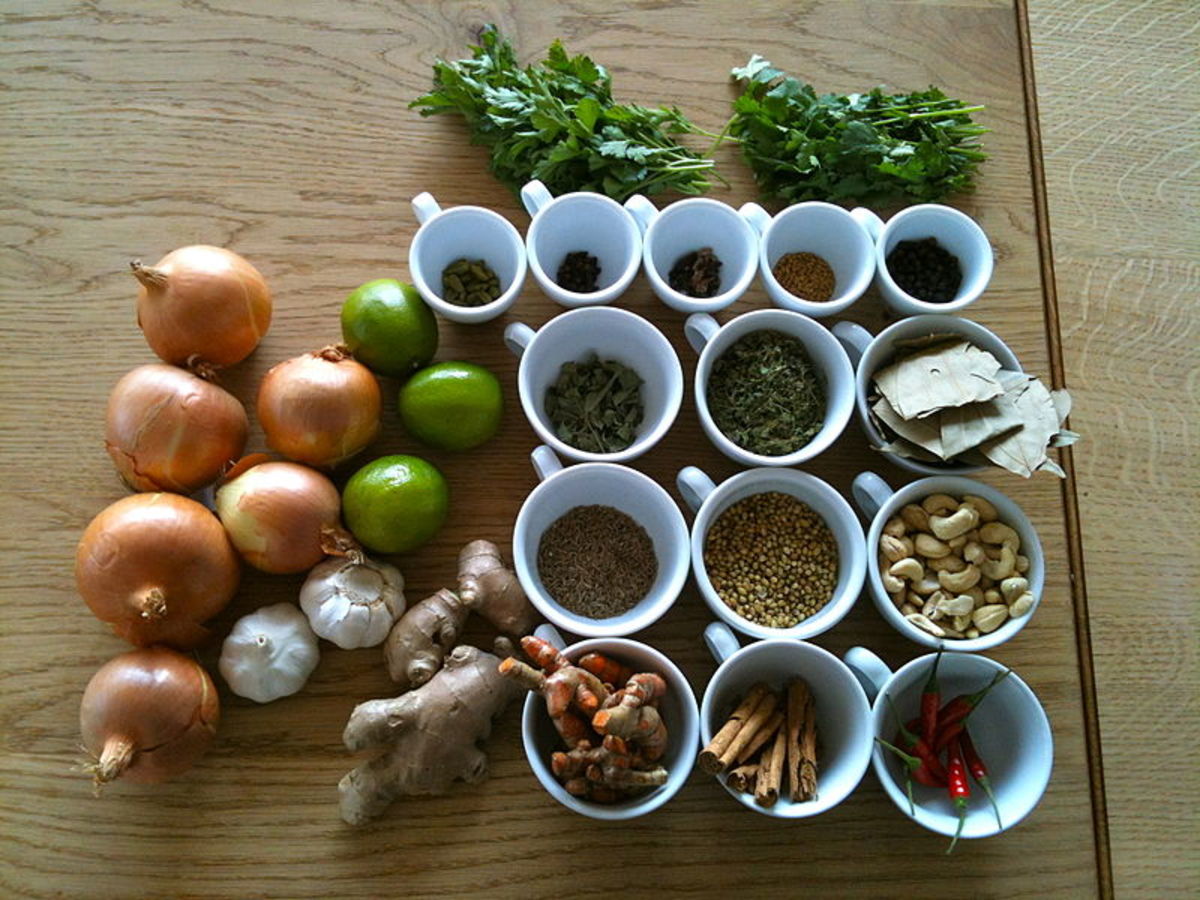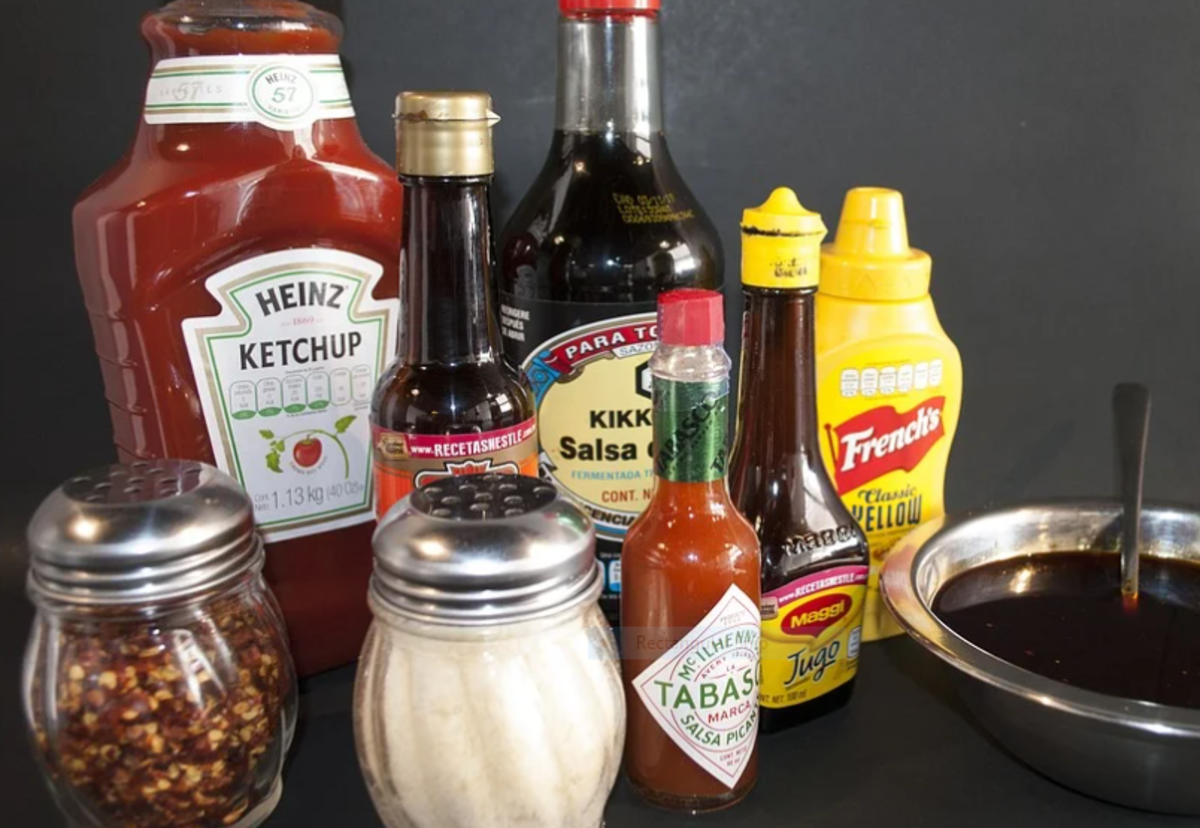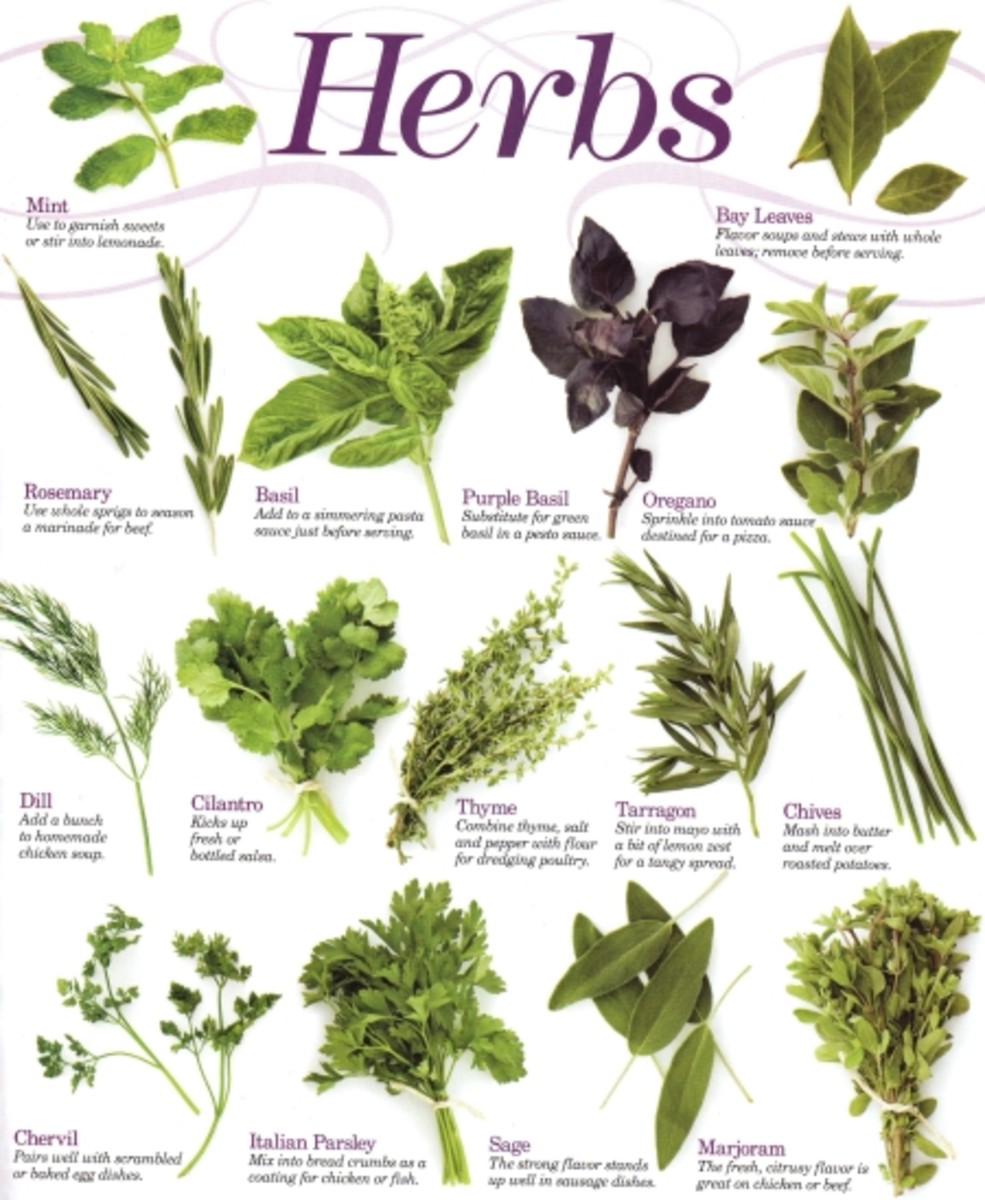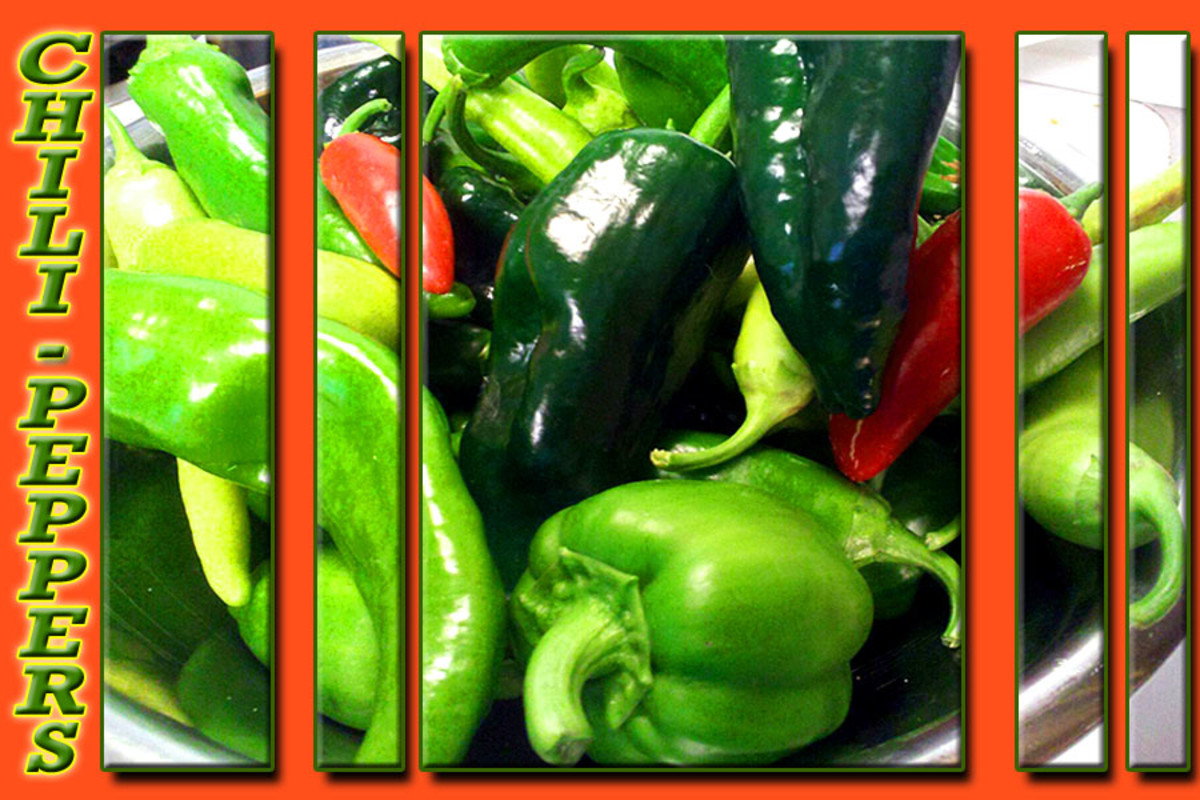Main Herbs & Spices used in Indian cuisine
The basics
“Namak, Haldi, Mirchi” – are three words you will hear when one Indian housewife is exchanging recipes with another. Translated into English it simply means – Salt, Turmeric and Chilli. Yes, those three spices are definitely the most commonly used ones in almost every Indian dish.
Turmeric is a spice grown in India and other tropical regions of South Asia. When ground to a powder, it is a bright yellow in colour and thus is often used not just for taste but also for colouring the food. For example, there is a preparation called Lemon Rice which gets its flavour from lemon juice but its lemony colour is attributed to the addition of turmeric powder!
Red Chilli powder is basically ground dry red chillies. Add it to your food to make it hot and use it per your personal ‘hotness’ preference.
A usual meal
A regular meal (lunch or dinner) in an average Indian household consists of a vegetable dish, a Dal (Lentil), Roti (Indian bread) and Rice. One usually has some vegetable with Roti first followed by Rice and Dal.
The vegetable dish can be dry or with gravy (non dry-curry type). The famous three (Salt, Turmeric and Chilli) will definitely be thrown into the cooking pot while making the vegetable and in addition to this one usually adds Coriander (Cilantro) Powder and /or Garam (Hot) Masala (Spice)
One gets fresh coriander leaves which can be chopped and used. Else you get coriander powder which is added to gravies or vegetable and you also get coriander seeds. Chopped coriander leaves are used as a common garnishing for non vegetarian as well as vegetarian and rice dishes. You will also see it being used while making Naans. ( a variety of the Roti/Indian Bread)
Garam Masala actually is a milieu of spices . It usually includes a ground mixture of black peppercorns, cloves, cinnamon, cumin seeds and cardamom.
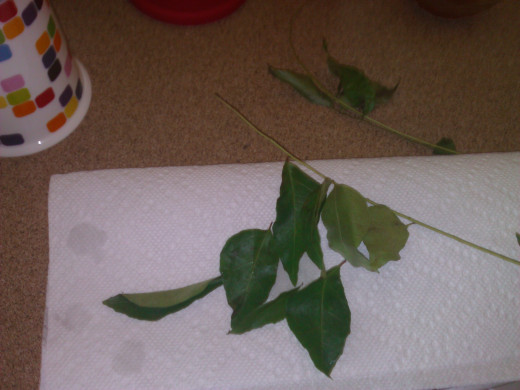
Tadka or Seasoning
Most Indian dishes either start or end with Tadka (seasoning). This is simply the process of putting say a tablespoon of oil in the cooking pot and when it is heated, adding mustard seeds or cumin seeds or Methi (Fenugreek) seeds. When they crackle, you are ready to throw in chopped onions; which again is one of the most basic ingredients to almost every vegetable or Dal cooked in India.
Depending on what is being cooked, dry red chillies are also used at the Tadka stage and are part of the cracklers!
In Southern India, yet another common addition to the Tadka is Curry Leaves, which give the dish an enhanced and different flavour altogether.

East, West, North & South
Certain dishes originating from the Northern most part of India use stronger spices like whole cardamom, cloves and Bay leaves. This is used for vegetables, curries as well as for an amazing flavour in plain white rice.
In the East, where fish is one of the most popular dishes, they use a paste made of mustard seeds as well as poppy seeds which provides a totally different tang to the fish preparation. The paste is pungent, rather much like the Japanese Wasabi.
The western parts of India use similar spices but are higher in degree in their usage of chilli as well as sugar. The Dal (Lentil) made in these parts of India are usually on the sweeter side compared to their counterparts in the rest of the country.
Freshly grated coconut is used as a garnish in many southern curries as well as rice dishes giving it a distinct flavour and great taste.
My Masala Box
A typical Indian Masala (Spice) Box looks like a paint box with each spice having a distinct colour and section wherein it is stored.
The probability of not seeing one in an Indian household is very slim. If not a Masala Box, you will definitely come across small bottles of spices instead; lined up on one of the kitchen counters!
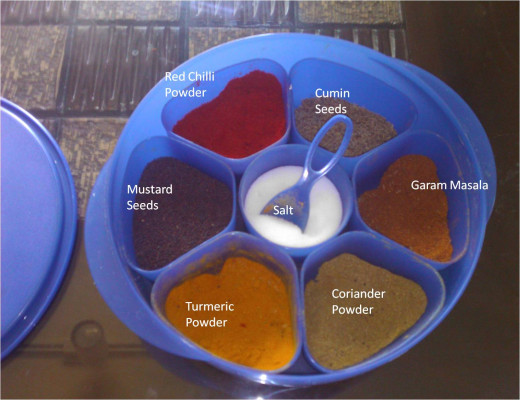
Benefits of Indian Herbs & Spices
The Spice
| The Benefits
|
|---|---|
Turmeric*
| Multiple medicinal and healing properties.
|
Coriander
| Known to have antioxidants that aid digestion, prevent spoilage of food and also prevents wounds from getting infected.
|
Cloves**
| Mild anaesthetic and anti-inflammatory properties. A good source of omega 3 fatty acids and manganese.
|
Cardamom+
| Known to heal gum and tooth maladies and as a remedy for bad breath.
|
Mustard Seeds++
| Known to prevent gastrointestinal tract cancer, reduce the severity of asthma and lower blood pressure levels
|
Ginger
| Multiple benefits of preventing motion sickness, nausea and vomiting as well as providing gastrointestinal relief.
|
Garlic
| An antioxidant, helps is keeping blood pressure and cholesterol in check as well as preventing blood clots being formed in blood vessels.
|
Curry Leaves
| Helps in nourishing hair roots and prevents premature greying of hair.
|
* Besides being used every day for cooking, when somebody is sick or has the flu, often they drink hot milk with a pinch of turmeric for a faster recovery. It is also used to reduce swelling and inflammation. It is known to prevent Alzheimer’s disease and is also used for relief and as an antiseptic for burns, cuts and wounds.
**Many of us have chewed on cloves post a visit to the dentist, due to its pain numbing properties. When young kids have their ears pierced, some folks put the cute flower like cloves in the ear hole till the 'wound' heals and they make temporary pretty earrings too!
+Cardamom was known to be an aphrodisiac and was popular among Arabian, Egyptian and Greek cultures too.
++Mustard oil is put in the nose and massaged on your feet when you have a severe cold, the pungent oil aids in providing relief to a stuffy nose and keeping the body warm in the winters!
Ginger-Garlic & Tea
Ginger and Garlic are herbs that are omnipresent in almost every Indian dish as well. They add to taste and flavour of vegetarian and non vegetarian dishes alike. It is often used to make the marinade for fish or chicken too. A common marinade is mixing curd (plain yogurt) with Salt, Turmeric, Chilli and Ginger- Garlic paste.
Indians drink a lot of tea or Chai as it is called in the native Indian language of Hindi. A small bit of crushed ginger or cardamom is often used while brewing the tea leaves in the hot water. In this manner you get the aroma of either Ginger Tea or Cardamom Tea. Tea is simply fabulous with the addition of either of these two spices.
They travel with us..
For many Indians who live abroad, most ’ Indian Stores’ stock these basic herbs and spices and so making your regular Indian dishes is no problem at all. There are probably no substitutes to these in Indian cooking and hence in case of non availability in certain parts of the world, it isn’t surprising for folks to seal and pack permitted quantities of the herbs and spices and carry them along during their travels. These awesome spices don’t spoil easily as long as stored under cool and dry conditions!

